Allow me a moment of your time as we shift from the bustling alleys of Silicon Valley to the sweltering hills of Spain (I am glowing). Today, we are swapping out the world-famous MVP – Minimum Viable Product* – for something a bit more to our taste: the Minimum Valuable Asset®, or MVA**.
The MVP has been the mantra of the startup world for years. Devised with the best of intentions, it propounds creating a product with just enough features to appease early adopters and then iteratively improving it based on feedback. Sounds like a great plan, no?
This approach, although effective for tech start-ups, may not be best suited for the intellectual powerhouse that you are, .
Why? Because if a physical book filled with blank pages qualifies as a viable product, (it’s a book, right?) where does that leave us, the thinkers, the creators, the consultants? Technically, it’s a book, yet it lacks the intellectual nourishment we strive to provide – it lacks value.
A while ago I proposed a shift – towards creating not just a Minimum Viable Product, but a Minimum Valuable Asset. An MVA is not just about ticking off the basic requirements; it’s about delivering an asset – a product, service, or a piece of content – that holds tangible value right from the get go.
This distinction is crucial, especially for us, thought leaders and consultants. Our fields of expertise thrive not on mere existence but on the quality and value we deliver. By releasing an MVA, we ensure that our reputation is built on solid ground, demonstrating that we provide not just something that works, but something that works extraordinarily bloody well.
I want you to move beyond viability and towards value creation, particularly in our line of work where expertise and reputation are everything.

For consultants and thought leaders, a minimum viable product doesn’t work. A Minimum Valuable Asset works a lot better.
—————————————————————————-
In the last free Ideas into Assets session, we talked about overwhelm with your writing, and how to get out of it and I shared the MVA with the lovely people who showed up (thanks!) One of the biggest problems we identified was having too many idea – a brilliant problem to have IMO!
Another of the tools I mentioned was “The Selection Framework” (also known as The Decision Thingy, because I can never remember the name of it) – get a copy so you can decide which of your brilliant ideas to turn into an MVA!
I am giving my best stuff away in these free sessions so that you can write a book that people read, and get it working for your business!
We’re going to look at the Directions, Map, Landmark mental model to get outside of the comfort zones of always writing the same thing in the same way (you know what I mean, right?)
Be part of our LIVE stream. We’ll share how you can use the Directions, Map, Landmark mental model to write your next book (or whitepaper, speech, LinkedIn post). Don’t miss out on this opportunity to transform your ideas into valuable, concise, and influential assets! Here is the link to join: https://debbiejenkins.com/ideas-into-assets-join-the-group-access-the-calls/
Ciao for now,
Debs
* Defined in 2001 by Frank Robinson, and popularised by Eric Ries
** Defined in 2020 by Debs Jenkins, and popularised by ermm, nobody yet!

